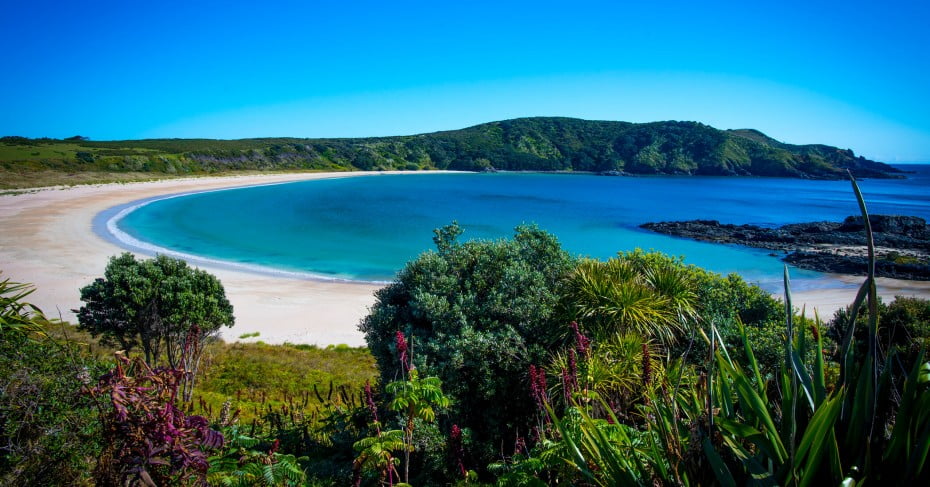Kerikeri
Maori have put down deep roots here, and the first European missionaries also chose this sunny spot for their first settlements. You can see the evidence today in Kerikeri's famous Stone Store and Kemp House – two of the oldest surviving structures from the early colonial days.

The fertile local soil of Kerikeri was a major attraction for both Maori and Europeans alike – indeed the name Kerikeri translates as 'dig dig'. Today the region is rich with citrus and kiwifruit orchards, not to mention some under-the-radar vineyards. The sunny climate that ripens crops also draws visitors. You'll see many of them at the Kerikeri farmers' market on Saturday mornings, stocking up on subtropical produce and tasting artisan foods from local producers.
From Kerikeri you're within easy striking distance of Waitangi, where the Treaty of Waitangi was solemnly signed in 1840, and Russell, once known as a rough frontier town. Those long-ago whaling days of rum and debauchery seem like an ancient memory as you walk down peaceful streets lined with historic wooden buildings. Pop into Pompallier House where French Catholics translated religious texts into Te Reo Maori, and book a table or sip a drink at the Duke of Marlborough, New Zealand's oldest licensed hotel.
An altogether quirkier attraction can be found in the town of Kawakawa just down State Highway One. The world-famous Austrian artist Friedensreich Hundertwasser made his home here, and bequeathed the town an utterly unique toilet block. The design features Hundertwasser's trademark wavy lines and irregular ceramic tiles, integrated with small sculptures and a live tree.
No trip to the region is complete without visiting the Bay's many islands. Waewaetorea has idyllic sandy beaches and panoramic views from its hiking tracks. Urupukapuka offers superb kayaking and paddle boarding, along with three campsites where you can live your castaway dream. Tranquil Roberton Island can only be accessed by boat or helicopter, with incredible snorkelling at Twin Lagoons Bay.